“Anyox was born quietly but she went out with a bang – or at least the bang heralded the end” (Loudon, 1973, p. 97).
That’s how Peter Loudon (1930 – 19-?), one of the 480 settlers born in this copper town describes the brief history and the miscalculated mining explosion that preceded the rapid economic decline that emptied the town by 1935.
The word Anyox (pronounced “Annie Yox”) is derived from the Indigenous people of the Pacific Northwest Coast, known as Tsimshia. According to BC BookLook (2016), it is the name for the main creek and Granby Bay area meaning ‘place of hiding’, “because the Tsimshian were known to take refuge at Observation Inlet in order to avoid confrontations with the Haida.”
Known for copper mining, Anyox operated between 1911 to 1936 and is today one of several ghost towns in British Columbia. It is located in a remote area, 145 km north of Prince Rupert near the head of Observatory Inlet, approachable only by boat. The site was explored and brought into production in 1914 by Granby Consolidated mining, Smelting and Power Co. Ltd.
During the operation of the mine, a considerably modern and self-sufficient town was built to accommodate the workers and their families, which at its peak reached over 2500 people.
Due to the town’s isolated location the mining companies had to face the challenge of creating a self-sufficient mine, but the physical features of Anyox were actually considered ideal for that purpose. The researchers Ross Sherlock and Julie Domvile in their article entitled The Great Camps of Canada 2 (2008), states that the abundance of the rugged mountains and the region’s robust rainfall was a great combination for building hydroelectric system, and the high-tides provided by the inlet was ideal for accommodating deep-sea freighters.
Another factor that helped flourish the development of Anyox was an unexpected discovery of gold during a mining explosion that contained enough of this precious metal to yield a profit to pay for the entire cost of building the town, mill and smelter. (Loudon, 1973, p. 51)
Regarding the layout of Anyox, Sherlock & Domvile (2008), explains that most of the mine workers lived in two large bunkhouses which were located in the area between the smelter and the mine; for families there “were three five-family apartments, twenty small one-story houses and twelve two-story, five-room houses.” (p.118)
The continuous smelting, a process of applying heat to an ore to extract a base metal, produced sulfurous fumes which destroyed the surrounding vegetation. In some of the photos it is possible to see the grey skeletons of the trees surrounding the mining area, which were still visible above the verdant green of the returning forest back in 2008 when Sherlock & Domvile first published their article.
It is possible to imagine the affects that these fumes had on the health and well-being of these residents.
To further illustrate the damage caused by mining, Sherlock & Domvile (2008) gives a glimpse into the severity of the work conditions of the miners. According to them, the men that worked directly with smelting were called “gas-eaters”, due to the intensity of the gas; some of the men who operated the loading cranes were unable to work more than two hours continuously. At the end of their shifts, besides being covered in dust, they were spitting and coughing yellow sulfur.
Some of other adverse effects of the pollution to which the population of Anyox had to adapt includes: the non-existence of house gardens; lack of wildlife in the neighboring areas; and the need to plan the laundry day based on the direction of the wind to avoid the black soot. The town’s youth would make the best out of the accumulation of this polluted matter and they made it a winter thrill to light the snow on fire! (Sherlock & Domvile, 2008)
Although the conditions were far from ideal, the residents of Anyox had a considerably ‘high quality of life’ by the standard of the times: all the houses had bathrooms and indoor running water. Despite being isolated, the town had a various businesses and government offices such as movie theatre, its own newspaper, telegraph office, post office, schools, bank, police station, pool hall, the Pioneer Hotel and café, and a hospital, which was built in 1912. (Loudon, 1973, p. 97)
During the Great Depression the copper price collapsed, which was devastating to the single-economy town of Anyox. By early 1935 close to 50 million kilograms of unsold copper, the equivalent of three years’ worth of production, were stacked near the harbour. When the mining operations shut down on July 31, 1935, and workers were laid off, the entire residents of the town lost their source of income and became homeless virtually overnight. As to the buildings and mining sites, whatever materials there was to salvage was dismantled and shipped out to other towns and cities.
I hope you enjoyed learning about this obscure town of Anyox, B.C.!
To view more images of Anyox, visit our Open Collections!
References:
BC BookLock (2016, January 12) #69 Pete Loudon.
Loudon, P. (1973). The town that got lost: A story of Anyox, British Columbia. Gray’s Pub.
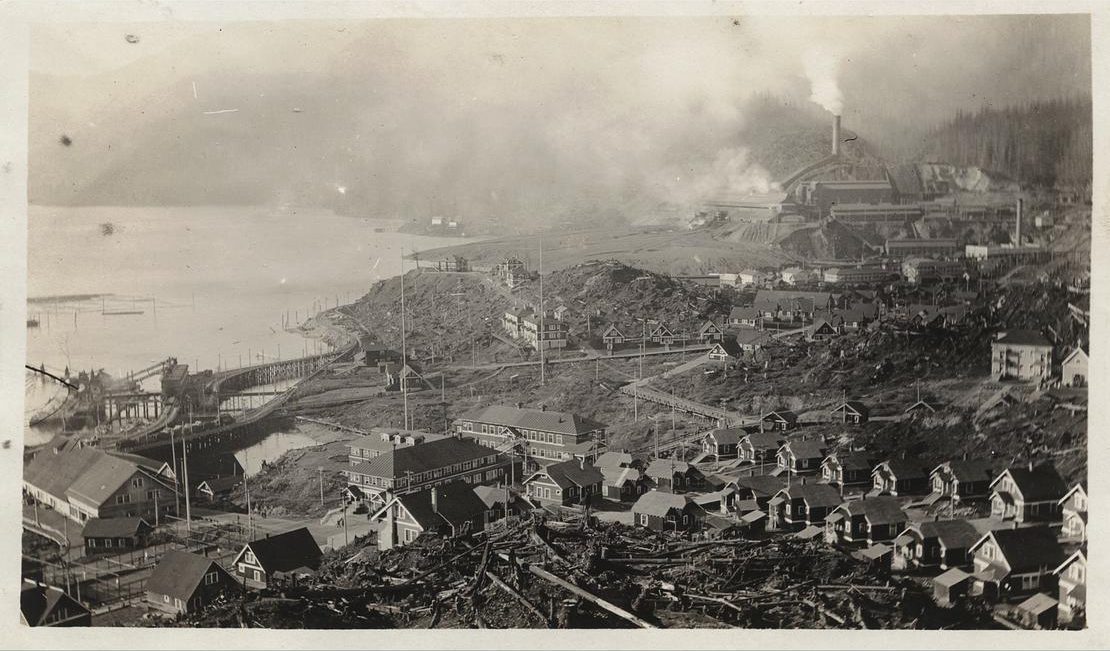
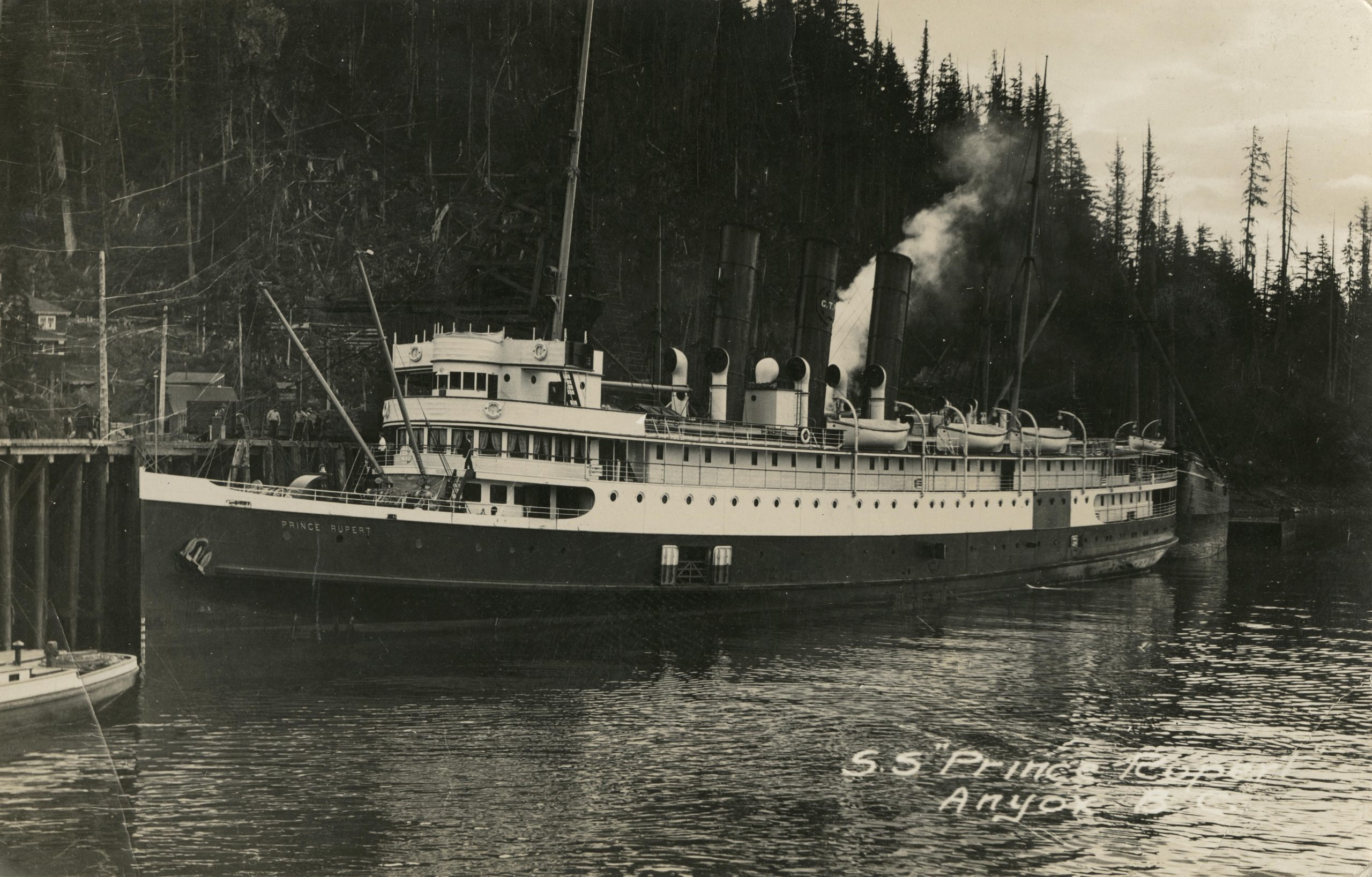
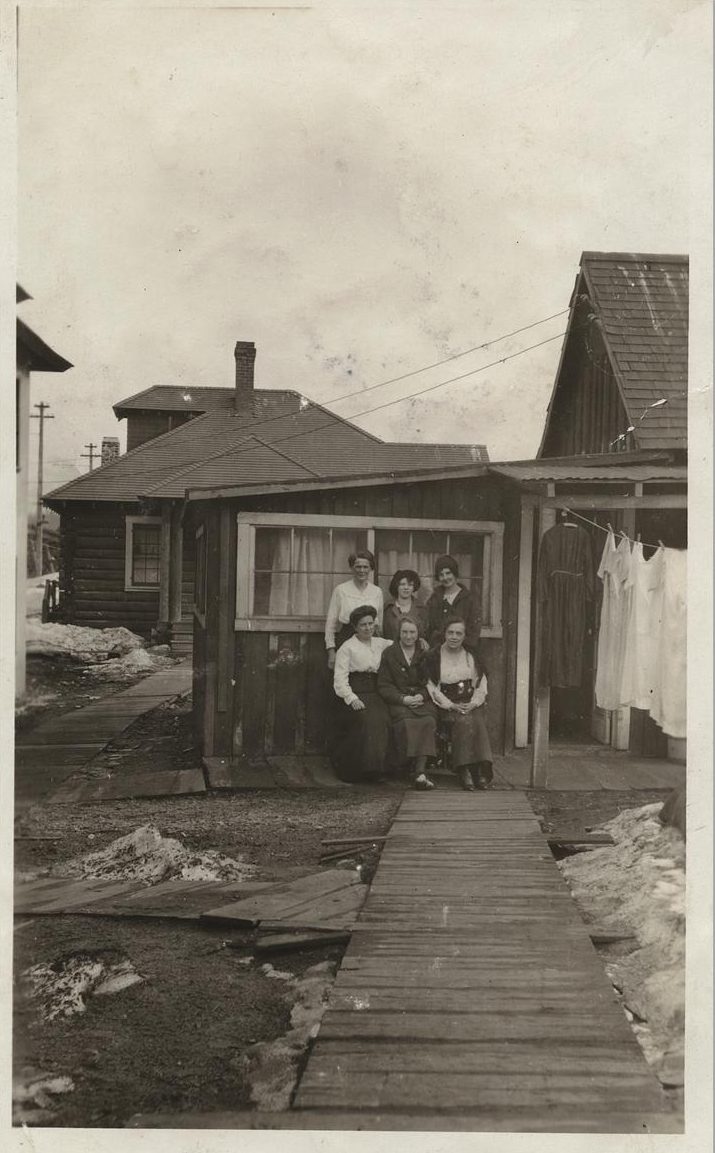
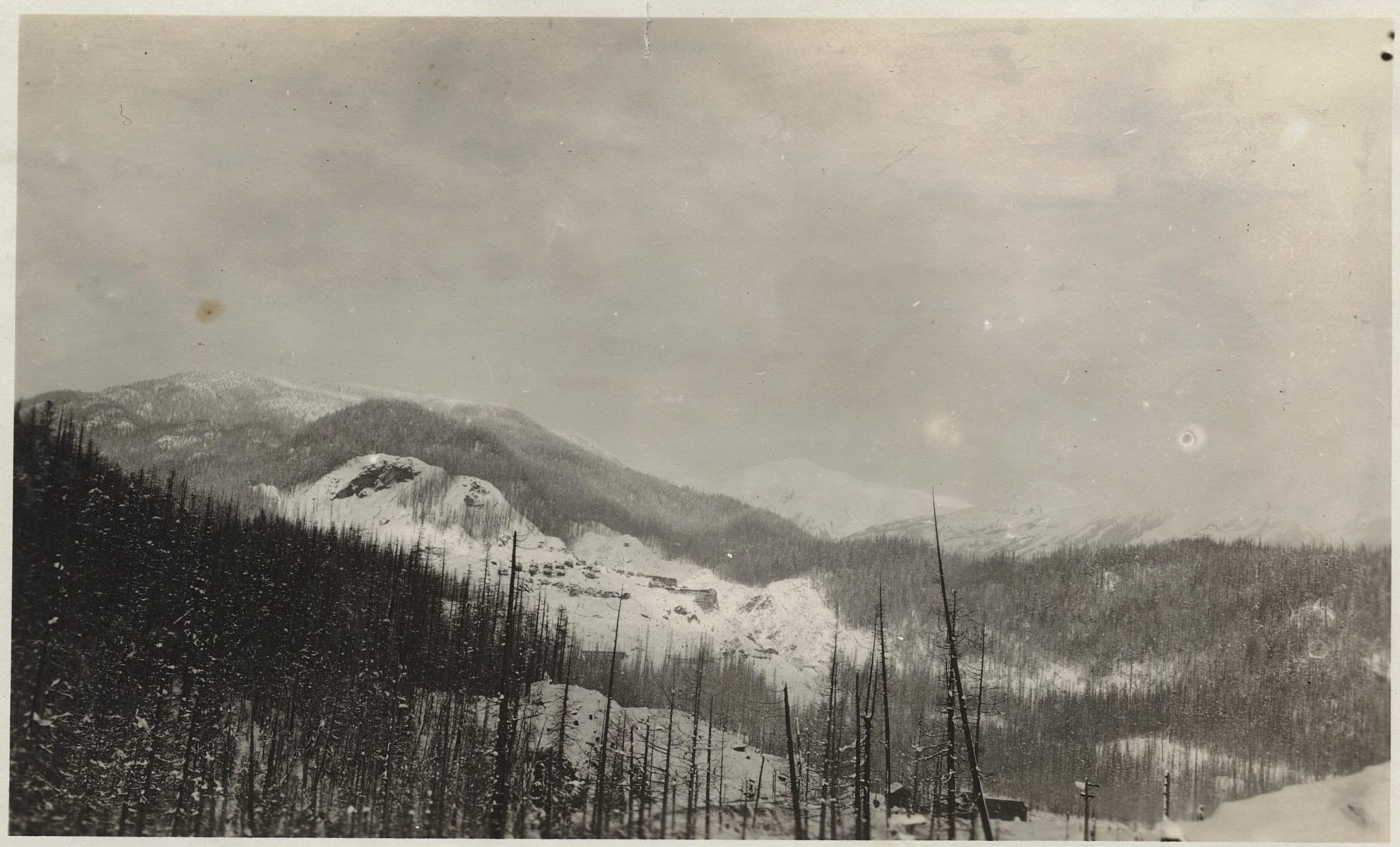
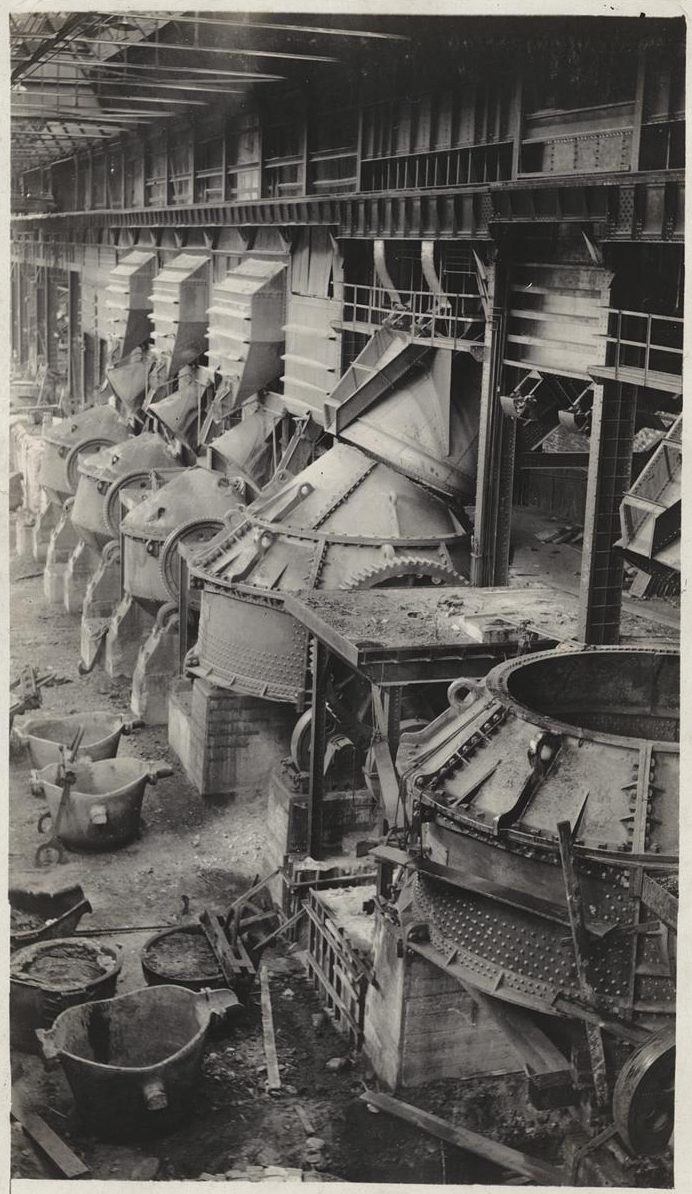
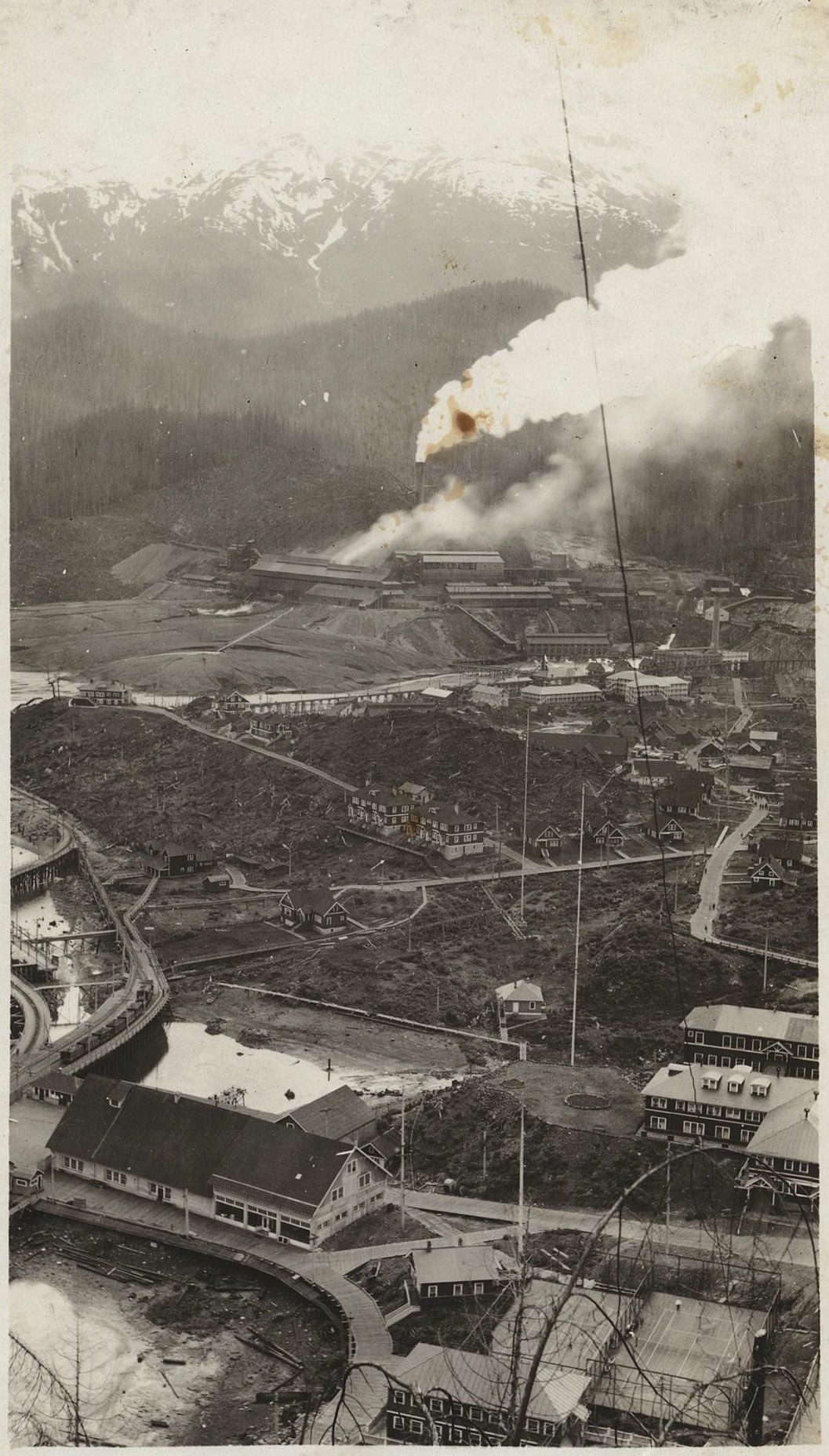
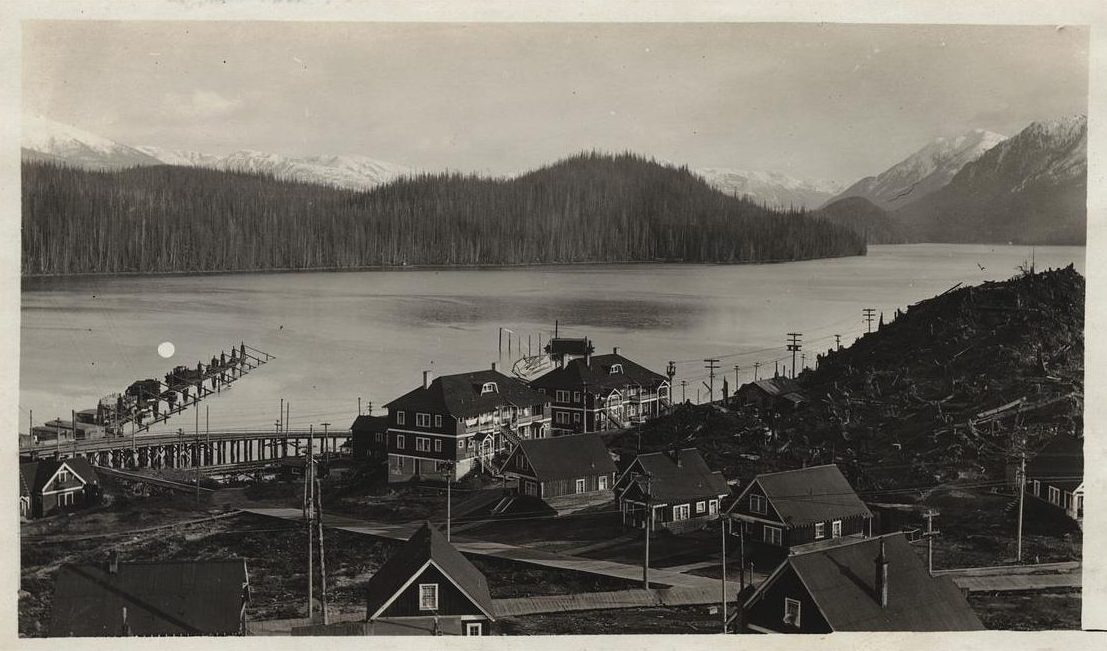
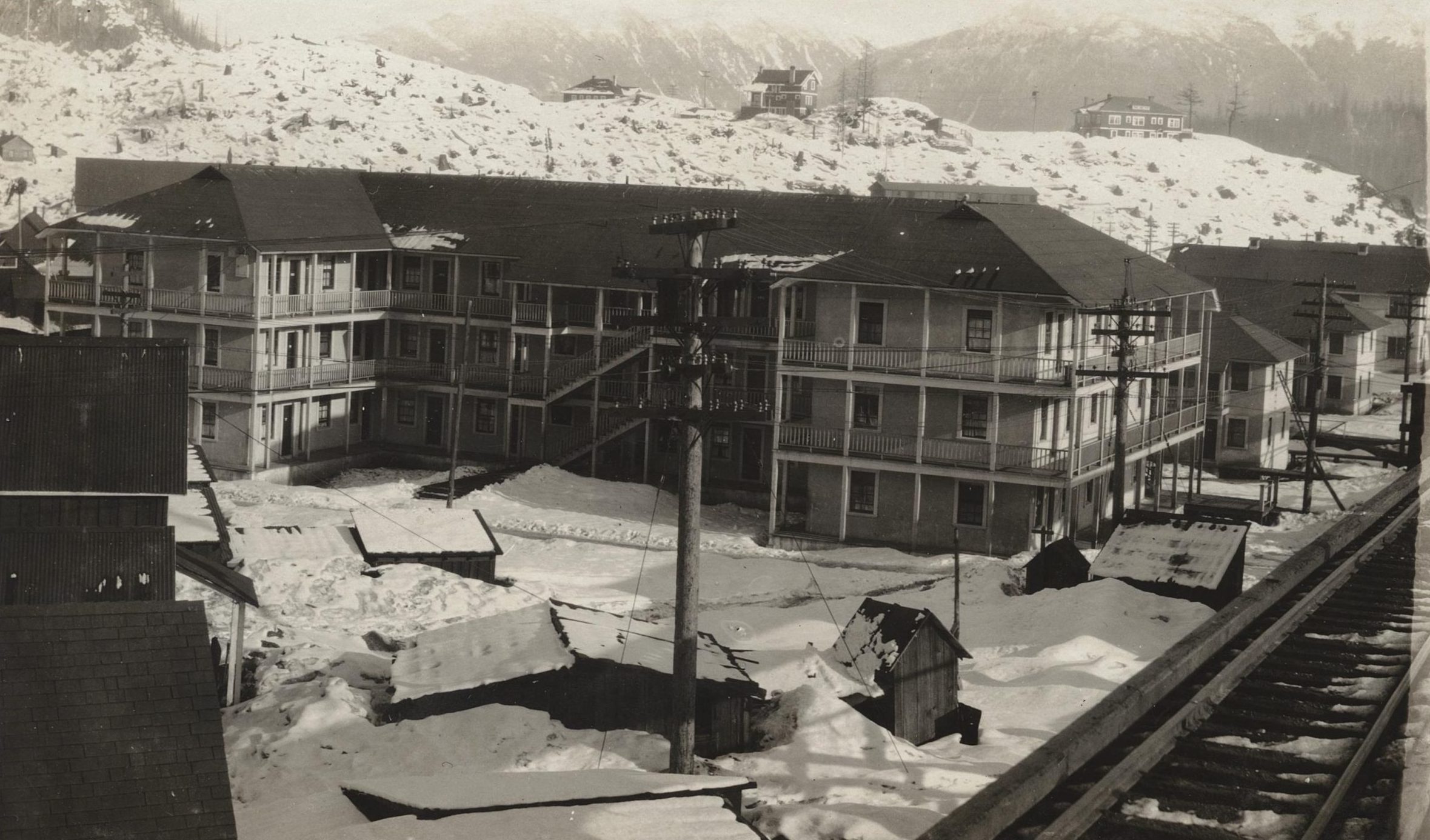

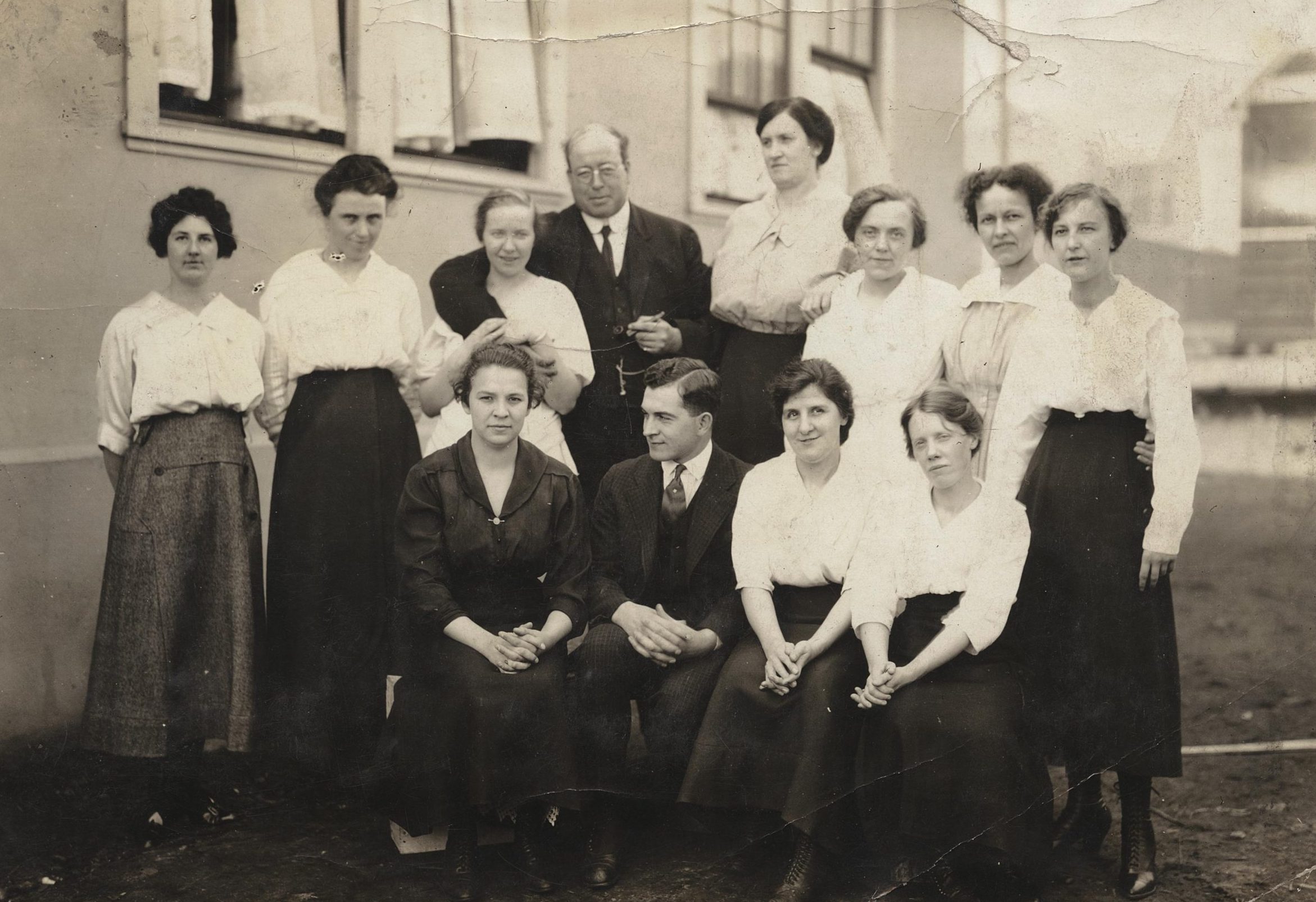
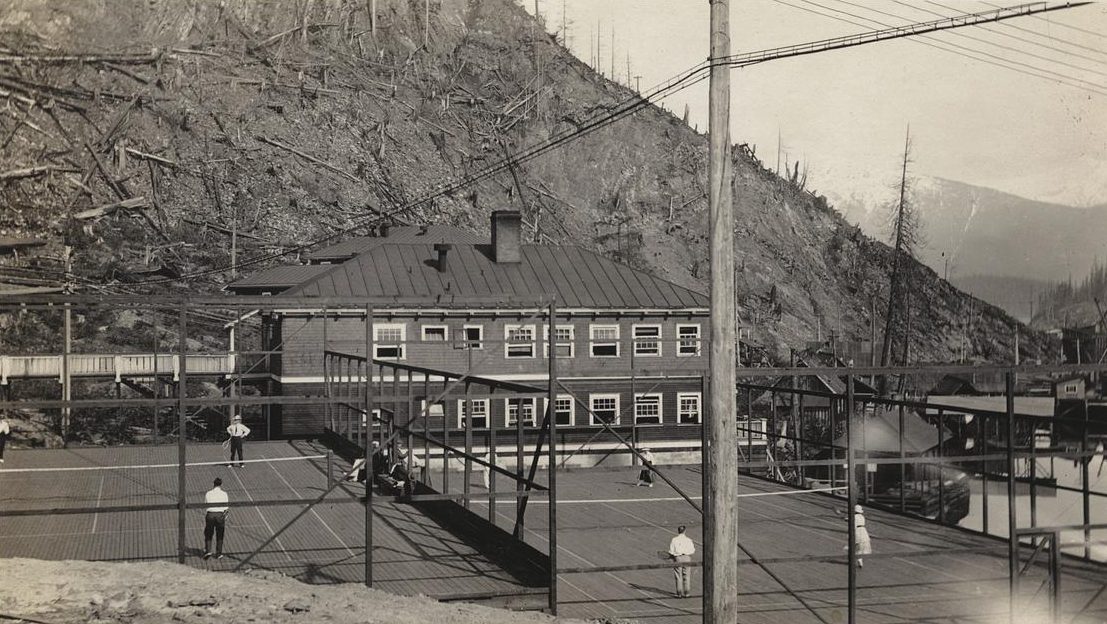
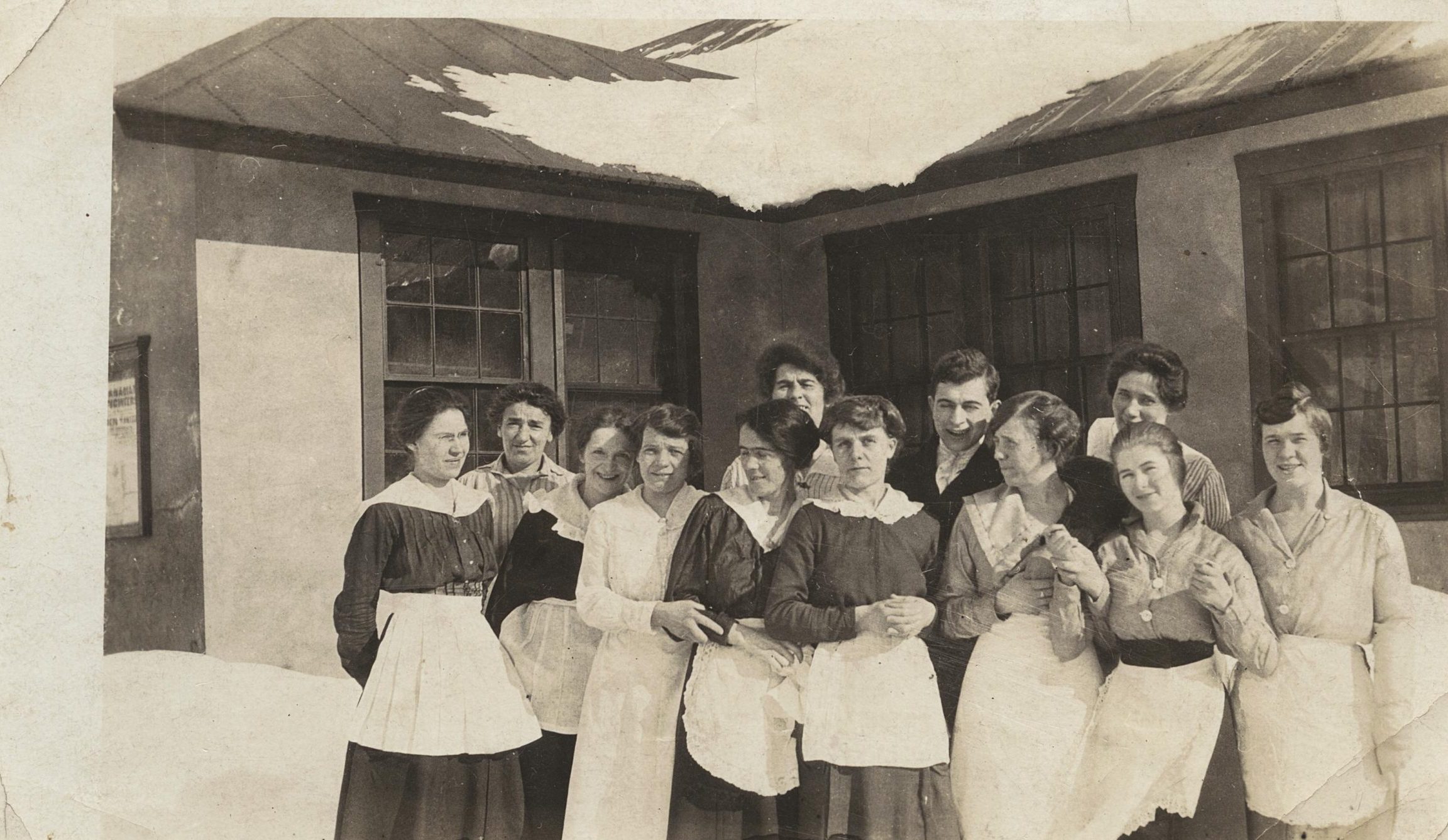



I have Anyox pics. William James Johnston worked there. My mother and her twin brother born there. You want to add these pics to your collection?
Hi Dwight,
Thank you for your comment and interest in sharing your photos with us!
Sounds like you have a very interesting family collection pertaining to a unique part of BC history.
To build our digital collection the Digitization Centre collaborates with UBC departments, UBC Library branches and other groups within the UBC community.
If you have interest in donating your collection to the UBC Rare Books and Special Collections, please contact: https://rbsc.library.ubc.ca/contact-form/
Thank you again for taking the time to contact us.
Best regards,
Digitization Centre Team
My father worked there in about 1918 and was a crane operator prior to heading east to join the Canadian Air effort in Ontario. I have pictures from my dad’s collection.